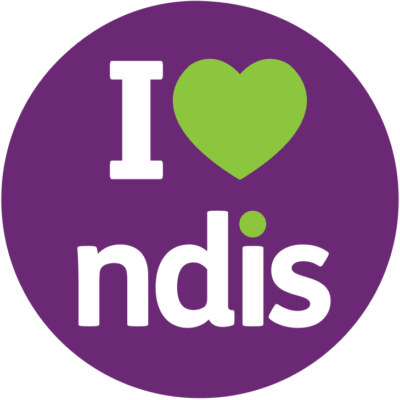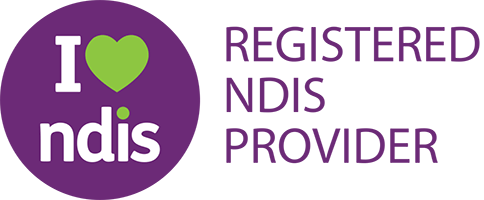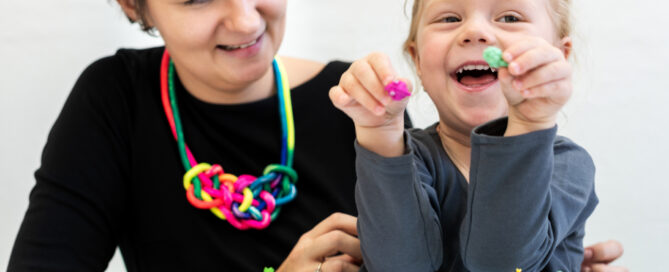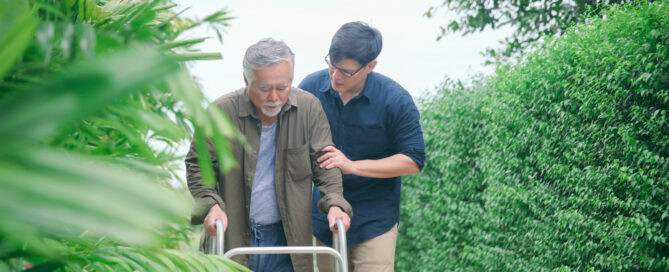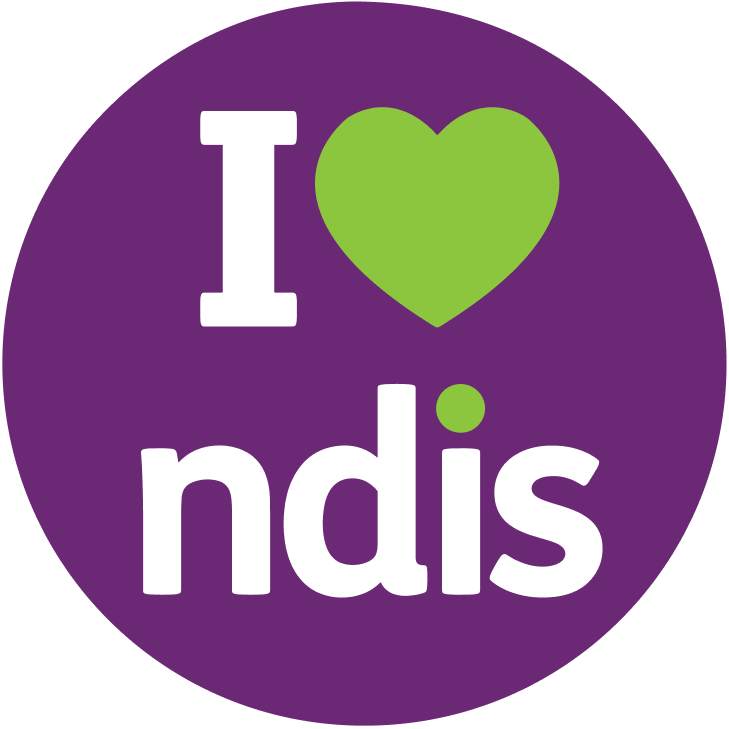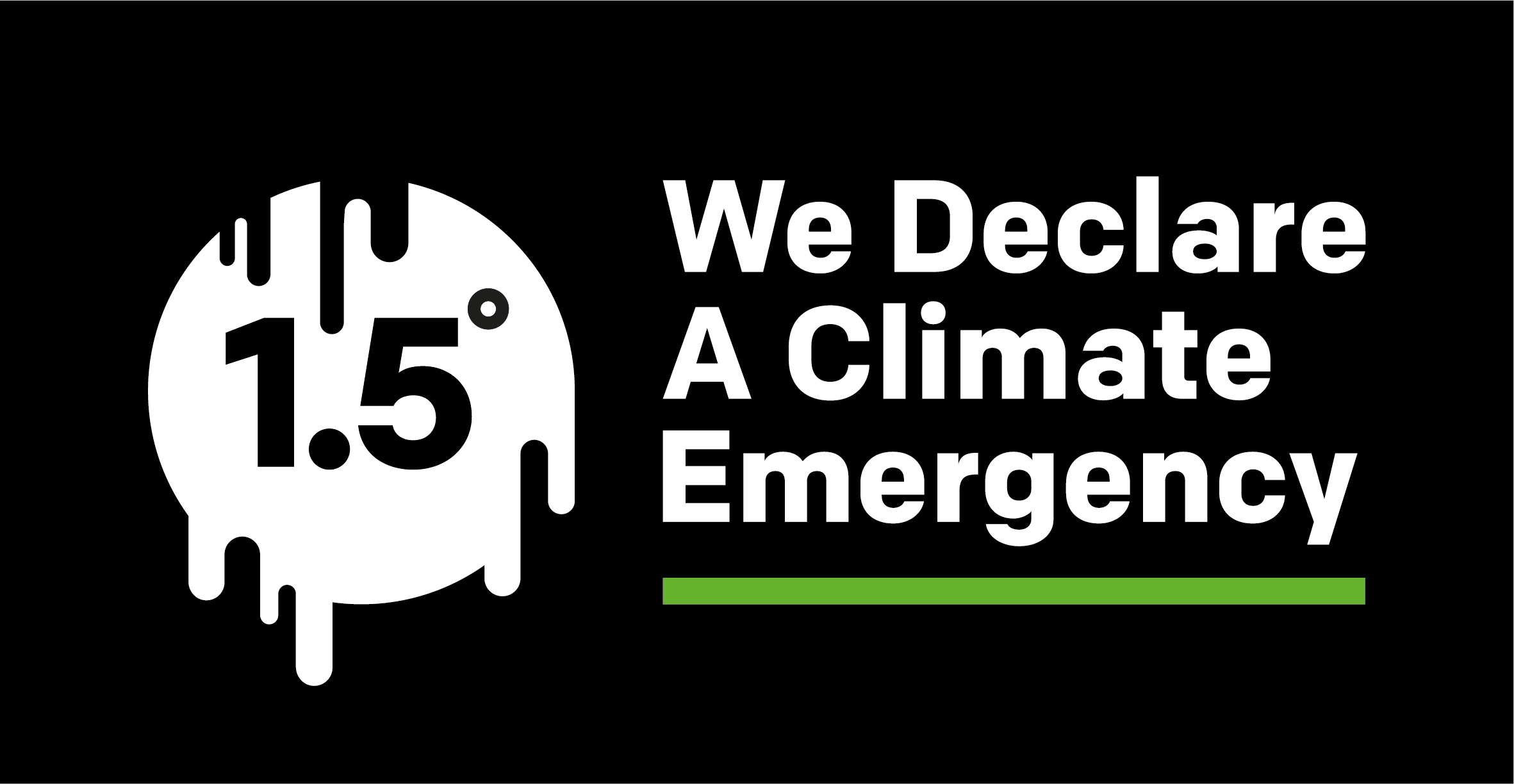Working with Allied Health Assistants
Information for external Allied Health Professionals.
Fora makes it easy for people with disabilities and their care teams to find and work with Allied Health Assistants. Find out why we do it and how the process works.
On this page:
- What does Fora do?
- Why involve an allied health assistant?
- How do we select the right allied health assistant?
- What does the NDIS have to say?
- Who’s liable?
- How do I start working with an allied health assistant?
- What does our community say?
- Frequently asked questions
- Extra resources
- References
Last updated June 30th 2022.

What does Fora do?
We provide allied health assistants for your clients.
Working alongside an allied health assistant has a multitude of benefits for your clients, their family and for you. But it can be hard to find someone who is a suitable match for your client, and has all the right paperwork.
Fora aims to make this process easier for Allied Health Professionals.
We ensure our allied health assistants are suitably qualified, have the required checks and are matched to your clients’ needs and preferences.
Our allied health assistants are our employees. We manage all of their payroll, tax and superannuation – the boring stuff – so you don’t have to.
We find allied health assistants that live close to your clients to reduce transport costs.
We provide our allied health assistants with Professional Indemnity, Public Liability and Workers compensation insurance.
Why involve an Allied Health Assistant?
An Allied Health Assistant, also known as a Therapy Assistant in the disability sector, supports an Allied Health Professional by taking on a range of less complex tasks – both clinical and non-clinical.
While not all clients will benefit from having an AHA, they can be great supports to teams across multiple disciplines and in various care settings (e.g. hospitals, community). At Fora, we provide Allied Health Assistants specialising in:
Increase your clinical capacity
Delegating to an Allied Health Assistant enables the allied health professional to focus on more complex clinical tasks, and provide service to a greater number of clients. Evidence shows that, with efficient delegation of tasks to allied health assistants, an allied health professional’s capacity can increase by up to 17% [1, 2].
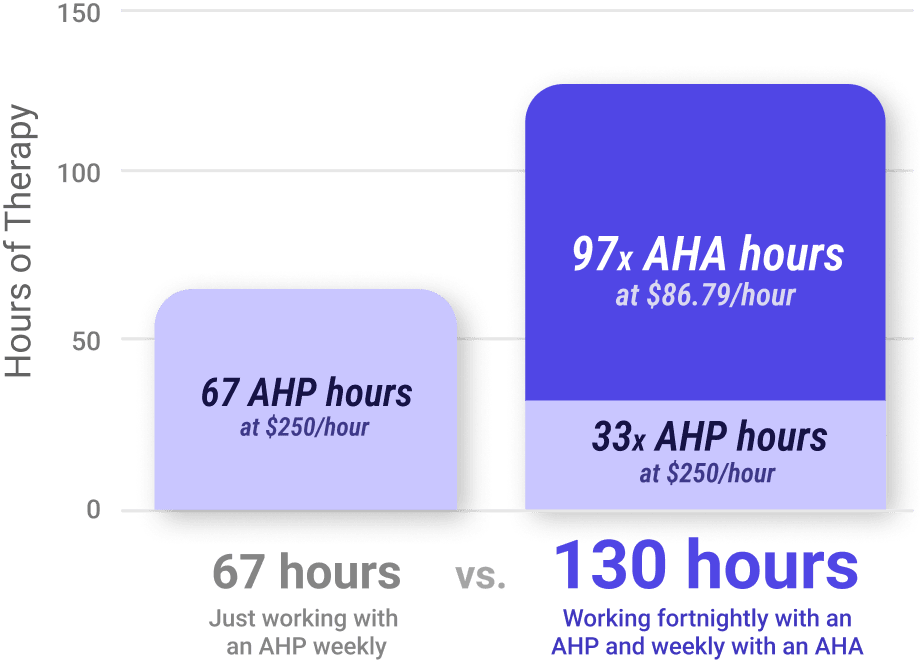
How do we select the right assistants?
Our Allied Health Assistant have a range of different educational backgrounds:
NDIS Clearance (includes proof of identity check, National Police check and Disability Workers Exclusion List check)
- Working with Children Check
- OH&S Safety Module
- NDIS Workers Orientation Module: Quality, Safety and You
- Infection Control Training
- Fully vaccinated against COVID-19
What does the NDIS have to say?
Fora is a registered NDIS provider. The NDIS Pricing Arrangements and Price Limits 2021-22 document provides information about Level 1 and Level 2 Therapy Assistants. It states the following about Level 2 Therapy Assistants:
Therapy Assistant – Level 2
Provision to a participant of a therapeutic support by an allied health assistant working under the delegation and supervision of a therapist, where the therapist is satisfied that the allied health assistant is able to work independently without direct supervision at all times.
Where a support is delivered by a therapy assistant, the therapy assistant must be covered by the professional indemnity insurance of the supervising therapist (or the therapist’s or therapy assistant’s employing provider).
Who’s liable? Who’s accountable?
In short Fora is accountable and liable for the actions of our Allied Health Assistants.
Fora uses the Identification Model outlined in the Supervision and delegation framework for allied health assistants and the support workforce in disability to assist with transfer of tasks from an AHP to an AHA.
The process works like this:
- An AHP identifies tasks that can be completed by an Allied Health Assistant
- The AHP gives some recommendations and information for how these tasks can be completed effectively by the AHA
- After this information is received, accountability for the task is transferred to the line manager, (in this case Fora)
From the Supervision and delegation framework for allied health assistants and the support workforce in disability (pages 46-51)
How do I start working with an Allied Health Assistant?

Step 1: Make a referral
Fill out a Referral form to tell us about yourself and your client. We’ll reach out to the client or their carer to create an account so they can choose their own AHA based on your recommendations.

Step 2: Meet with your client and the AHA
We set up a Team Meeting between the AHP (you), your client and the new AHA to discuss goals, set expectations and transfer the therapy plan. This typically occurs in person or via video-conference. The therapy plan will be documented by the AHA using a Team Meeting Form.

Step 3: Keep communication lines open
Regular check-ins are important to ensure the therapy plan is up-to-date, and the AHA is supported to implement it to a high standard.
We encourage our AHAs to keep you in the loop via email, and to regularly attend your sessions with the client. If this is not possible, you can check in using video or phone calls. You can decide how frequently check-ins occur based on the needs of the client.
What does our community say?
Frequently asked questions
All the allied health assistants working for Fora are directly employed by Fora Pty Ltd. This allows us to ensure our allied health assistants are covered by the appropriate insurances, and are entitled to fair wages and benefits.
We do not hire independent contractors.
Fora is accountable for the actions of our allied health assistants. External Allied Health Professionals are not accountable for the actions of our allied health assistants.
The only thing Allied Health Professionals need to consider when identifying tasks suitable for an allied health assistant is whether the task is suitable. You can find more information about how to determine whether a task is suitable in the Supervision and delegation framework for allied health assistants and the support workforce in disability (Pages 56 – 61)
Fora also recommends the AHP documents for their own records which tasks were identified for the allied health assistant.
Fora provides comprehensive insurance cover for our allied health assistants.
Every allied health assistant is covered by Public Liability, Professional Indemnity and Worker’s Compensation insurance.
Similar to an AHPs normal client billing process, AHPs bill the client for any of their time spent planning and working with the client’s AHA.
Clients and their families have been made aware (via the Fora Terms of Use) that by using an allied health assistant, they may incur extra costs from their AHP.
An AHPs billable hours in relation to working with an allied health assistant from Fora can be set at the AHP’s discretion.
To avoid any surprise costs to the client, Fora encourages the AHP and client to calculate, discuss and agree to the additional estimated expenses a client may incur from the AHP for working with an allied health assistant. A new Service Agreement may need to be drafted.
To give an indication of what this looks like, although each client is different, we usually see a 10-15 minute, monthly check-in between the AHP and AHA is sufficient to stay aligned on goals and progress.
For example, if the team has decided that 15-minute check-ins will be conducted between the AHA and AHP every month, then the AHP might add the cost of 12 x 15-minute sessions to their Service Agreement for that year.
It’s important to remember that therapy plans and the client’s requirements can change as the client progresses. The ‘estimated costs’ are just a starting indication; the costs may end up being more or less than initially estimated.
Billing between the client and the allied health assistant is organised separately to the billing for an external AHP.
For every session between the allied health assistant and client, a session is logged via Fora. This session will be invoiced to the client on a fortnightly basis.
Allied health assistant billable hours may include:
- Regular sessions
- Team Meeting
- Check-ins with the client’s allied health professional
- Preparation time (if permitted by the client/primary carer)
Note: The Meet & Greet is not billed to the client. Fora is not involved in the client’s billing agreement with their allied health professional.
Usually we see that a 10-15 minute, monthly phone call is sufficient for most clients.
Depending on the client’s needs, it can be important for therapy assistants to have a regular check-in with their client’s allied health professional to ensure that the all parties are on the same page about the therapy goals and the client’s progress
The frequency and nature of the follow ups will be determined at the Team Meeting.
All allied health assistants will be required to write a field note after each session. These can be forwarded to the Allied Health Professional with permission from the client/primary carer.
In the near future, we’ll be launching new features within the online portal that will allow clients and allied health professionals to access and review these notes.
Yes, phone or video call meetings are acceptable if a virtual Team Meeting is more appropriate
Video sessions can be conducted via Zoom or your preferred software, i.e. FaceTime, WhatsApp, Hangouts, etc.
If you would like assistance setting up an online Team Meeting, let us know at info@foratherapy.com
If the allied health professional feels the allied health assistant does not have the experience, skills or knowledge to implement a client’s therapy plan, the following steps can occur:
- If it’s within the client’s budget, the allied health professional can provide further training to the allied health assistant to support them with the implementation of that task.
- The allied health professional can relay information or resources to the allied health assistant and Fora about the type of training that needs to be undertaken by the allied health assistant to safely and effectively implement the therapy task(s).
- Fora can remove the allied health assistant from the role and try to find a more appropriate allied health assistant with guidance about the types of skills and knowledge that is necessary to safely and effectively implement the therapy plan.
Extra resources
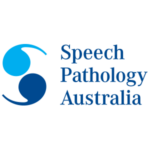

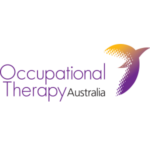
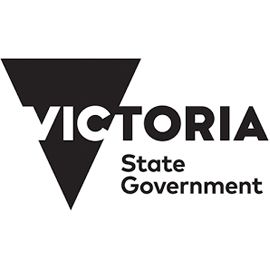
References
1. National Disability Insurance Agency, National Disability Insurance Scheme Pricing Strategy. 2019, National Disability Insurance Agency.
2. National Rural Health Commissioner, Interim report to the minister for Regional Health, Regional Communications and Local Government – Improvement of Access, Quality and Distribution of Allied Health Services in Regional, Rural and Remote Australia. 2020, Australian Government: Adelaide.
